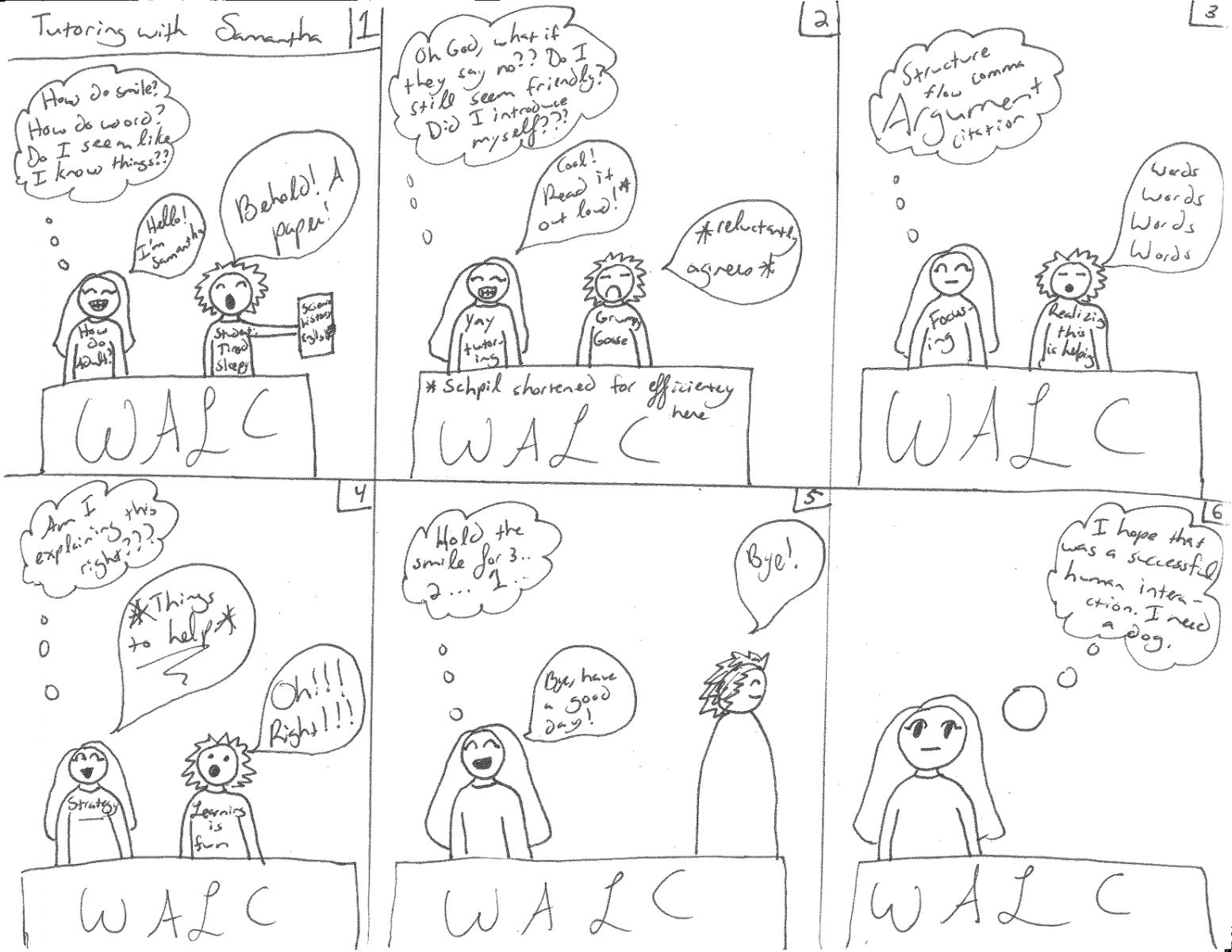Samantha R.
It’s an odd day when I don’t hear from a student, “I just have no idea how to start this paper.” For many students, the act of sitting down and churning out a paper is tedious at best and torture at worst. A blank word document suddenly becomes as frustrating or discouraging as being stuck in traffic for a number of hours or trying to drive with a flat tire. My favorite solution, though definitely not the only one, is talking to the student about outlines. Outlines accomplish a number of goals, all of which make the student’s life easier. Outlines visually show the flow of the paper, contain all the major ideas, and are excellent for managing multiple sources if the paper involves research. They provide focus, offer reminders of points to be made, and make writing the actual paper a less intensive task because most of the work is already done.
Here is a handy breakdown of how to help students create an outline, whether they have used one before or not.
- Ask if they have ever created an outline before.
- For those with no experience, make sure to be patient, and remind them that outlines don’t work for everyone, but outlining is an excellent tool.
- For those who already find outlining useful, they may need you to focus more on helping them collect what ideas they want to use or bouncing thoughts off you.
- Have them quickly free write or jot down the major ideas they want to use.
- Remind them not to stress about any specific order for now. That will come later.
- If the student is reluctant or seems insecure, try offering encouragement by telling them they’re already off to a great start by having some ideas.
- Discuss ways to organize their ideas.
- Example: by theme, by strength of argument, by example, etc. Make sure the student is the one doing the organizing, though feel free to ask them questions about where they think their strongest argument is, etc.
- Organize the ideas visually.
- This can be done on paper, in a Word document, or whatever the student prefers. Some will like numbering better, while others will want to use A. a., B. b.
- Ask them to go through the outline and add any minor notes.
- If this is for a research paper, encourage them to put any quotes or articles supporting the arguments into the outline. This will make it infinitely easier for them when they go to write the paper.
- Go over the completed outline together.
- Ask the student if it makes sense, what they thought about the process, if they found it helpful or not.
- If the student enjoys outlining, encourage them to do it for other papers. This is a good place to plug in making another writing center appointment if they prefer talking about their ideas with someone.
- If the student decides outlining isn’t for them, either go into detail about other organizing or prewriting methods (such as a brain map or simple free writing), or, if time is up, briefly mention them and point out a few resources where they can find more information on it or to make another appointment.


I’m about to go into a brainstorming session – just what I needed! Thank you!!
Great step by step guide to try and spark some great paper ideas! Thanks!